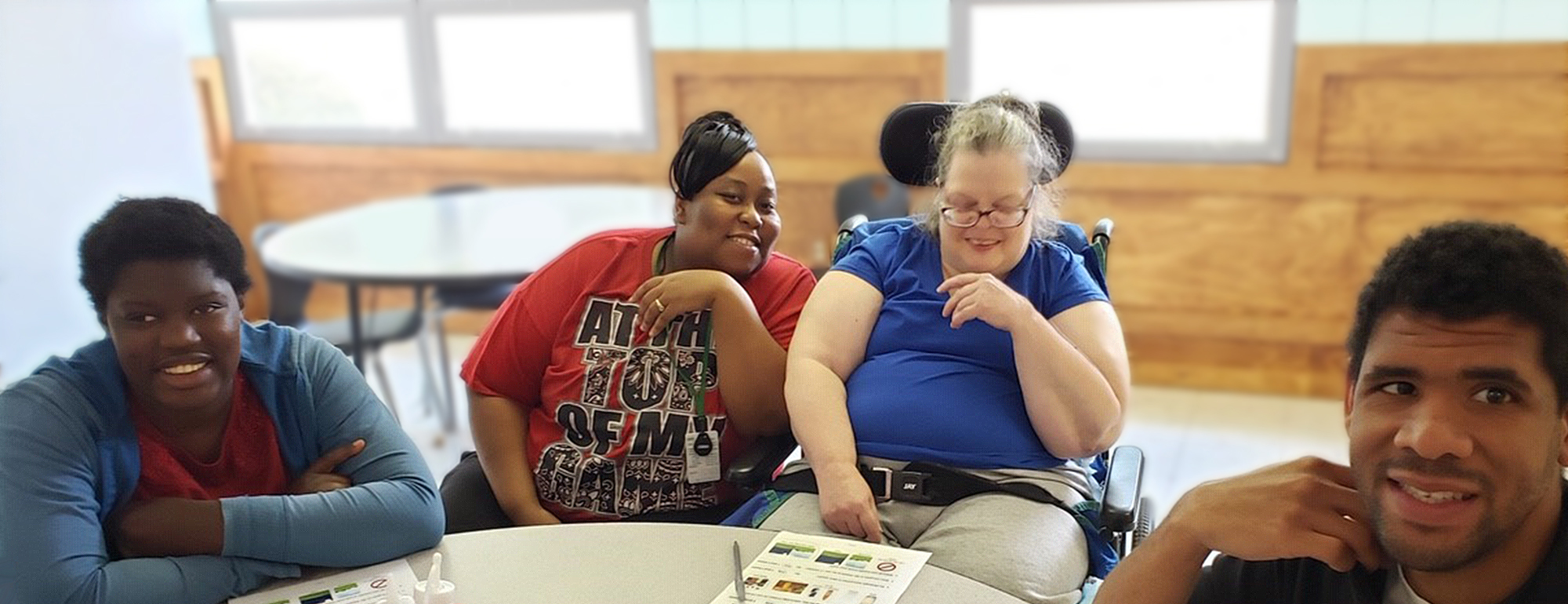
Passport
Passport
My Dental Care Passport is designed to improve the dental office visit for people with disabilities by letting individuals and their families/caregivers voice their specific needs. Sharing important information, for example, how a person likes to communicate, what they liked in past dentist visits, and what parts of the appointment might be hard for them, helps break down communication barriers and allows the dental team to make changes to the dental office and appointment plan before the person even arrives. This helps make the visit to the dentist better for everyone.
The Passport is unique to an individual. It may contain personal information and descriptions of personal experiences. This information can be incredibly useful for the dentist and their team to make the dental visit as successful as possible. However, this information is not to be shared with anyone outside of the dental office, including other healthcare professionals, without the user's permission.
"My Dental Passport has been a great tool for us to use for our patients that need some form of modifications for care. It could be earphones for noise or a stuffed animal or blanket for comfort. Watching a favorite movie on TV or music. We strive to make the dental experience as stress free as possible and the dental passport allows us to do just that". - Lisa Olson, Northwest Smile Center.
Below is a short video on how to use the Dental Passport.
My Dental Care Passport is endorsed by Aetna Better Health of Kansas, United Healthcare, Sunflower Health Plan and the Kansas Department of Health and Environment.
Inside the state of Kansas:
 My Dental Care Passport - English
My Dental Care Passport - English
 My Dental Care Passport - Spanish
My Dental Care Passport - Spanish
Outside of the state of Kansas:
Please amend the document to suit the needs of your own community and organization, if required. Please ensure the following acknowledgement is maintained on the document: 'My Dental Care Passport', Third Edition (2025), was created by the 'Pathways to Oral Health' team led by Oral Health Kansas. For access to the out-of-state master document please click here.
For Spanish, click here.
For Individuals/Families/Caregivers:
Click here to find useful information about My Dental Care Passport. This includes instructions on how to use the Passport and why it might be useful for you. For Spanish, click here.
For Providers and Dental Office Teams:
Click here for further information about My Dental Care Passport, including why this may be of benefit to you and your office and tips on how to use it in practice. For Spanish, click here.
Person-centered language is a more accurate way of speaking about people. It places the person first and the disability second, which helps eliminate stereotypes. Practicing using the person first helps the language come naturally and it ensures conversations are positive and respectful.
| Consider using: | Instead of: |
|---|---|
| Person with a disability | Disabled, handicapped, or crippled |
| Person with an intellectual or developmental disability | Mental retardation or retarded |
| Person who is deaf or has hearing loss | Hearing impaired, the deaf, deaf-mute, or deaf and dumb |
| Person who is blind or has vision loss | Visually impaired or the blind |
| Person with a physical disability | Disabled, handicapped, or crippled |
| Person who uses a wheelchair or wheelchair user | Confined to a wheelchair |
| Person with a mental health issue or person with a mental illness | Mentally ill, crazy, nuts, afflicted, or insane |
| Typical | Normal |
| Person with substance use disorder | Addict or user |
| Person with polio, dementia, diabetes, cerebral palsy, Down syndrome, etc. | Suffers from or victim of |
| Accessible parking, entrance, or bathroom | Handicapped parking, entrance, or bathroom |


